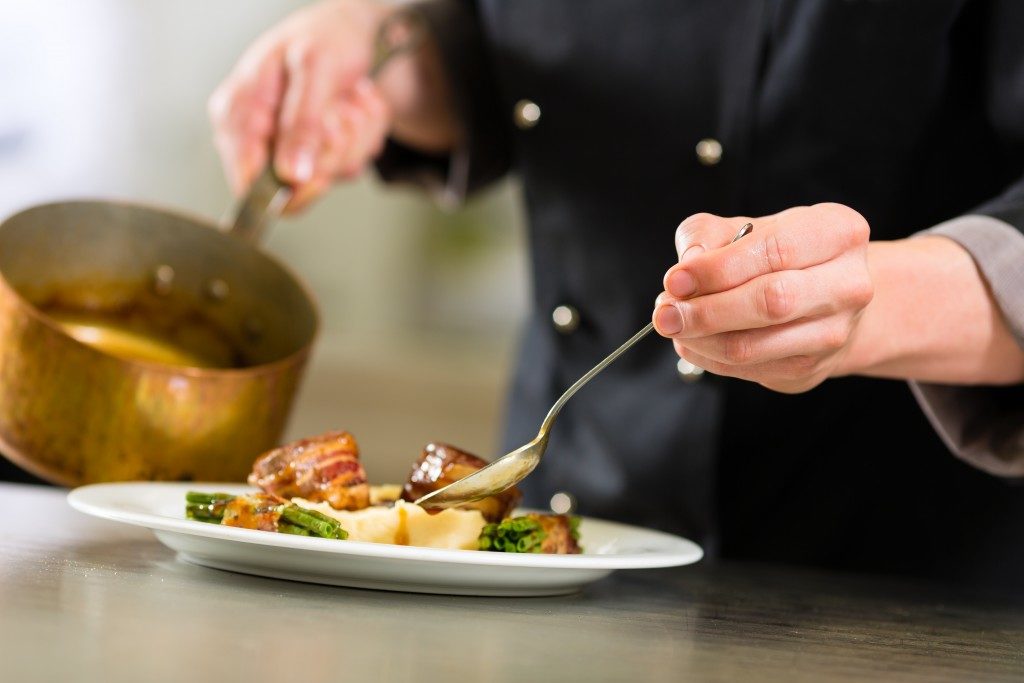Food poisoning in Utah is not new. The state even maintains a website called iwaspoisoned.com to help keep track of cases. Many of these, however, begin at home, especially the kitchen.
Just because your kitchen looks immaculate or pristine doesn’t mean no danger is lurking there. It can be a breeding place for bacteria and viruses—in fact, millions of them.
Where These Bacteria and Viruses Thrive
Your kitchen can be a colony of many types of bacteria and viruses. Not all of them are harmful, but most are. Think of noroviruses that can cause food poisoning. There’s also streptococcus bacterium that causes pneumonia and even necrotizing fasciitis (or flesh-eating bacteria disease).
The question is, how do they end up in the kitchen? Where do they live and thrive? According to the University of Rochester Medical Center (URMC), these pathogens can come from food, especially fresh produce. These include meat, poultry, cheese, fruits, and vegetables.
These pathogens eventually die with proper cleaning, disinfecting, and cooking. But that can be after they already spread into your kitchen by letting them sit on the counter or bowls for a period. Most of these will acquire bacteria and viruses due to improper handling or cross-contamination during transport.
It can also be due to the unsanitary practices of the source. In 2008, the Associated Press reported how a farm in Mexico might have contributed to a salmonella outbreak in the United States.

This facility didn’t have sufficient fences to keep wild animals out. The packing plant was mostly exposed to the elements. It might even be using dirty water—with sewage. These pathogens can also live in the most common places in the kitchen. Two of these are the food drain and the sponges.
A 2017 study published in Nature revealed a sponge can have more than 50 billion bacteria for every cubic centimeter. Some of these included salmonella and E. coli. Worse, contrary to popular belief, “nuking” these bacteria by microwaving the sponge hardly changed their count. The best way to minimize exposure is to change your sponge once a week.
Food drains, especially J-pipes, can trap scraps, which create a perfect breeding ground for these pathogens. That’s why homeowners should consider working with experts in plumbing in Millcreek. This is even when the problem doesn’t involve a busted pipe. Plumbers can check the pipe regularly and help remove any waste trapped inside.
How to Beat these Viruses and Bacteria
Experts advise knowing the difference between cleaning and disinfecting. To clean means to remove any traces of dirt, grease, and residue. These can include those found in food, kitchen countertop, or utensils.
Disinfecting, however, should be a priority than cleaning. This is because cleaning can also spread germs to other areas and objects. URMC recommends using a simple disinfectant. It mixes a tablespoon of chlorine bleach to a gallon of water.
Maintaining proper hygiene is just as critical as cleaning and disinfecting. This means washing your hands thoroughly before you even touch the produce. Do the same after you prepped your meals and cooked your food. People can survive food poisoning, but not everyone does. Always heed to the side of caution by paying more attention to your kitchen.







